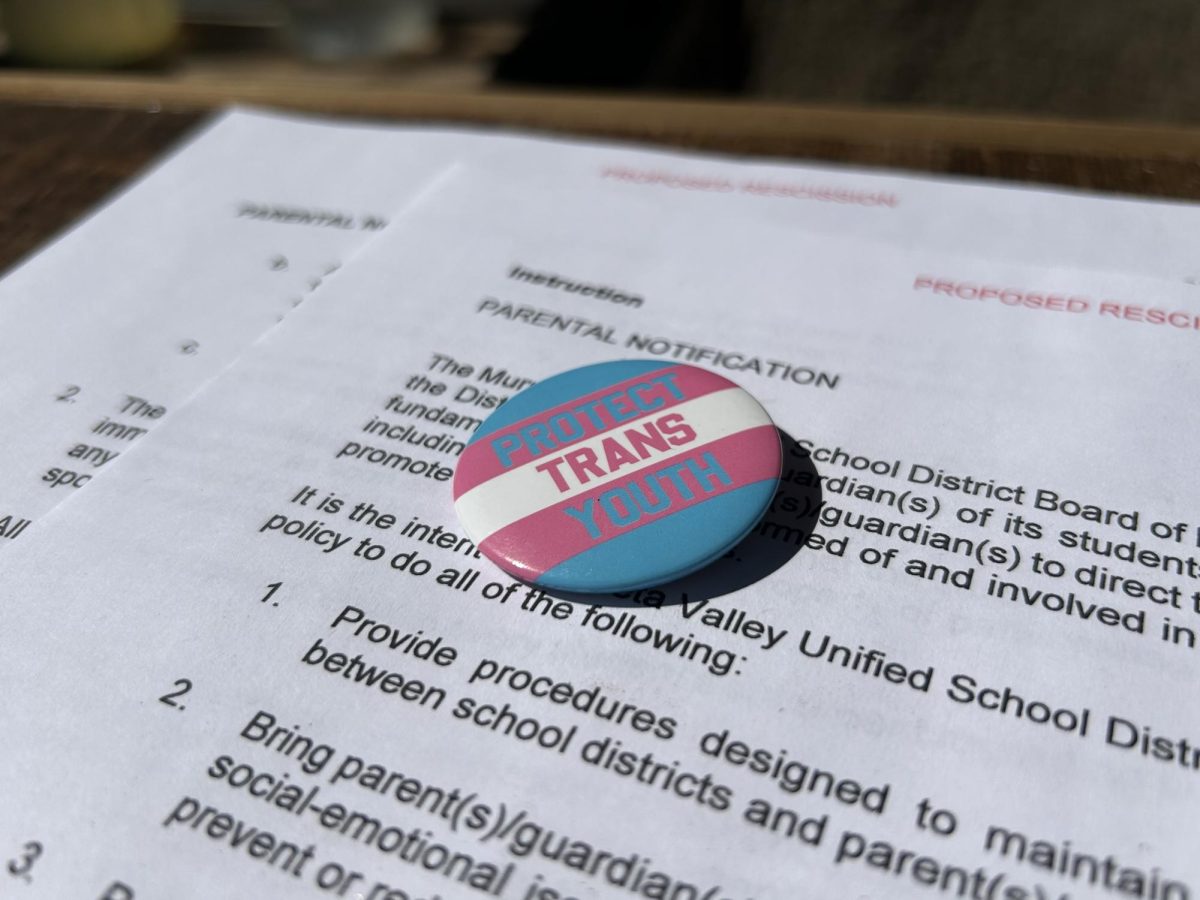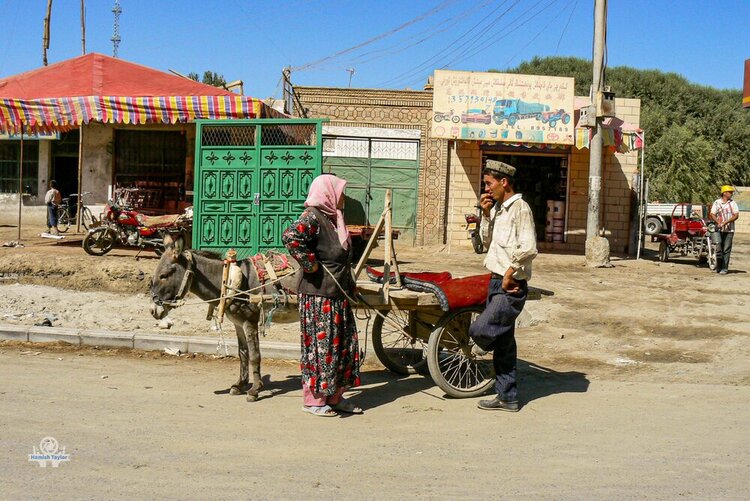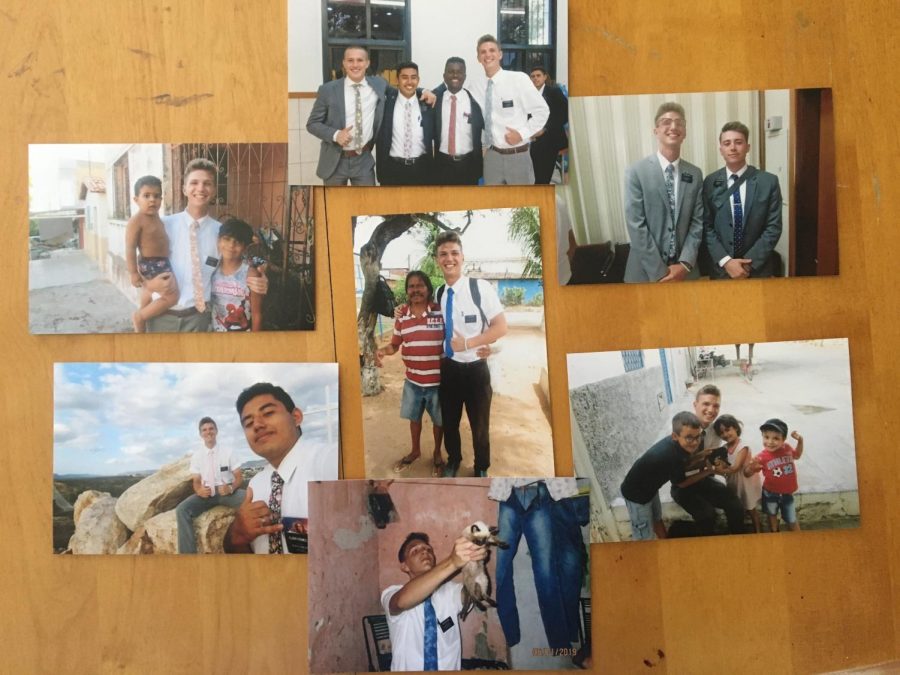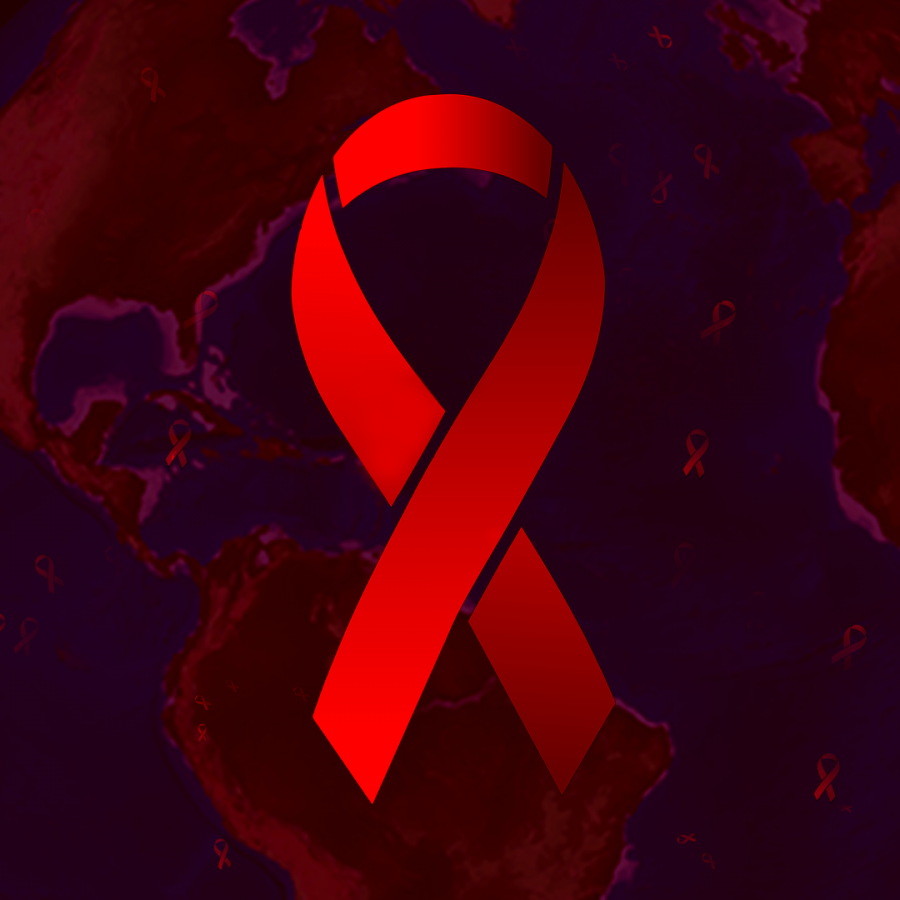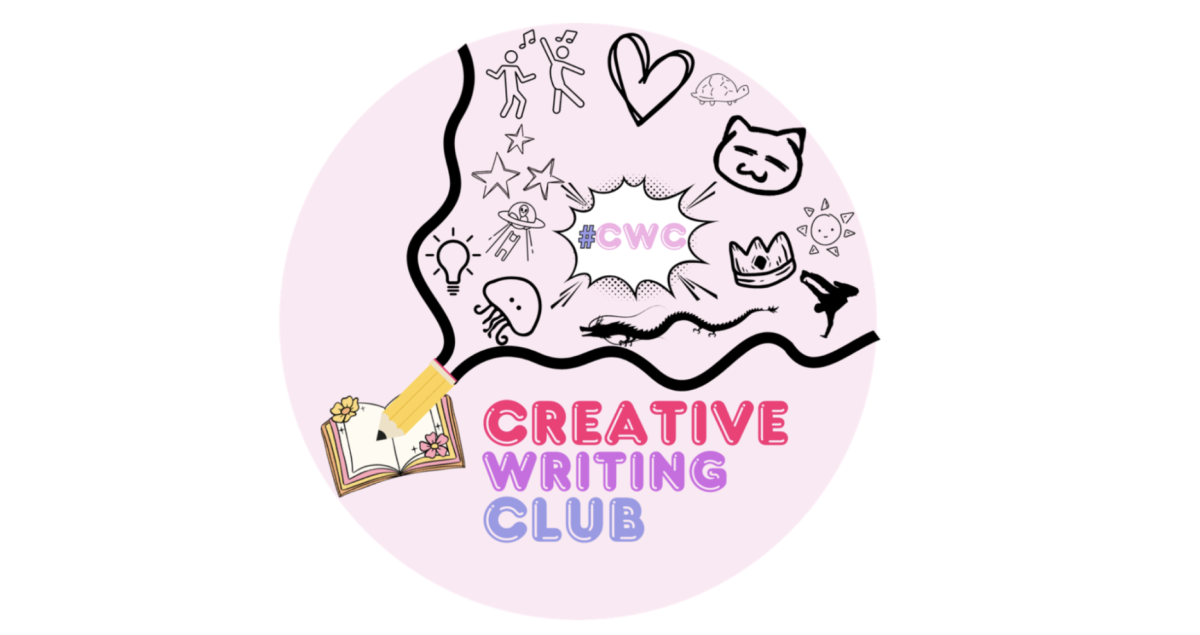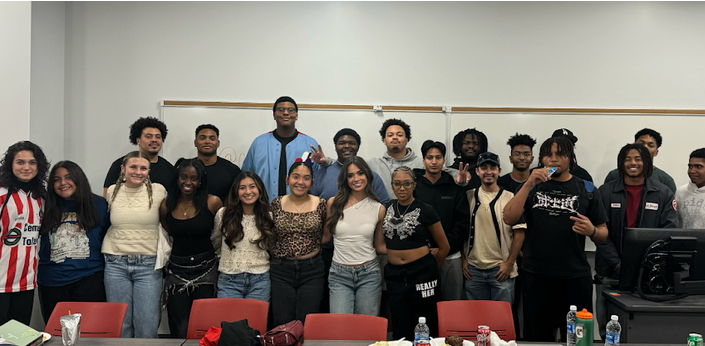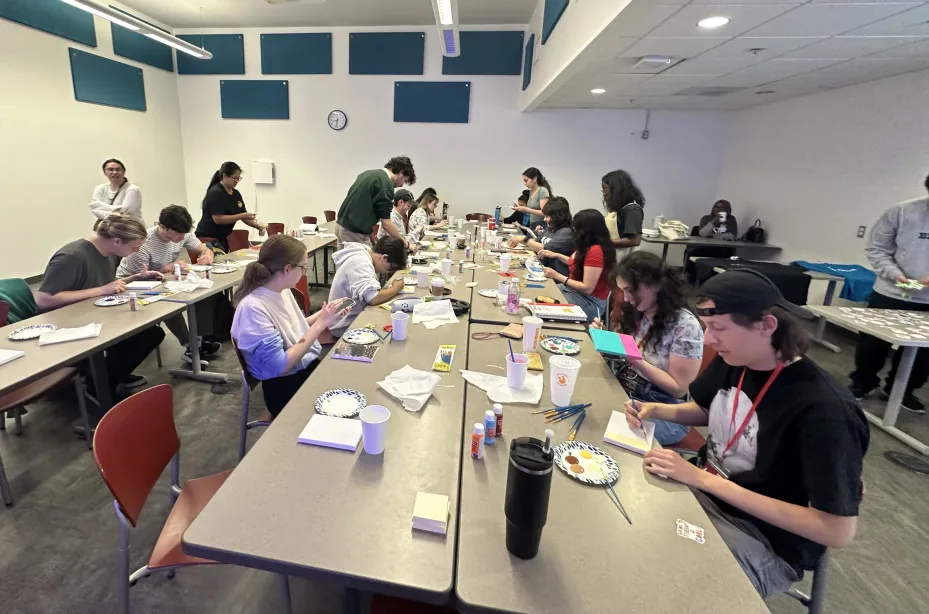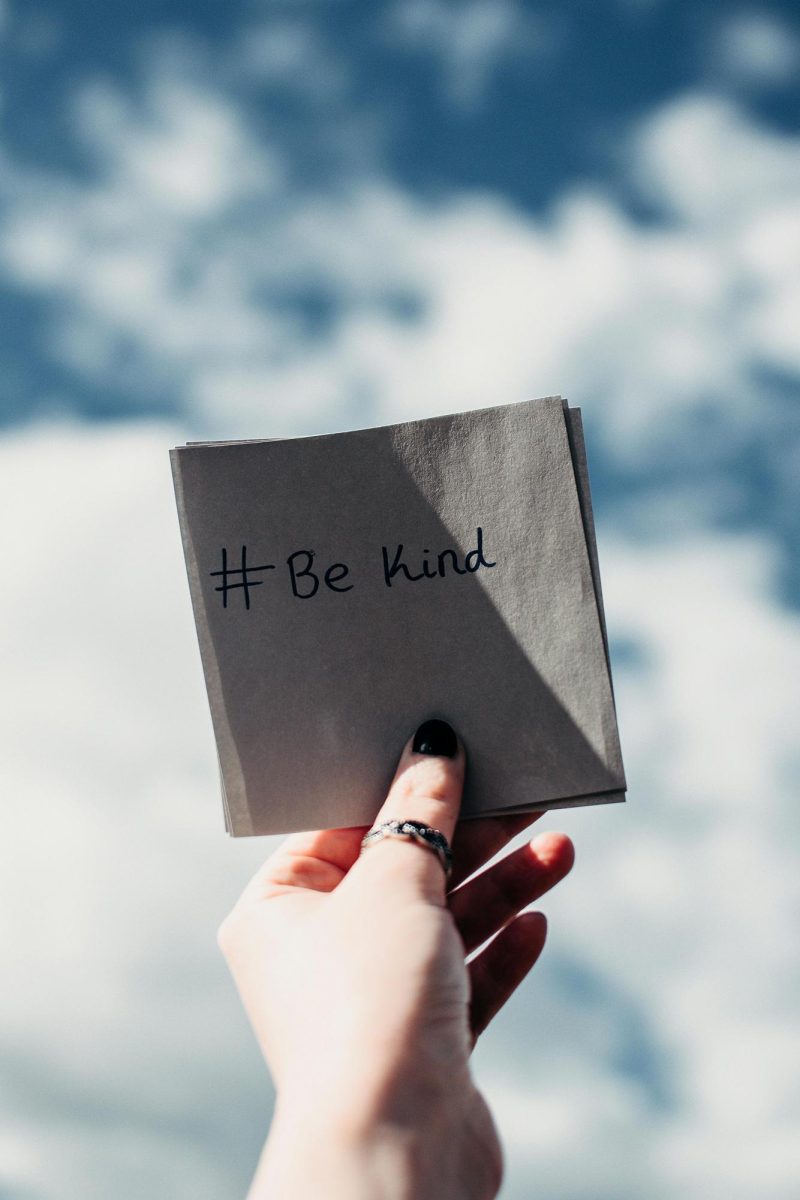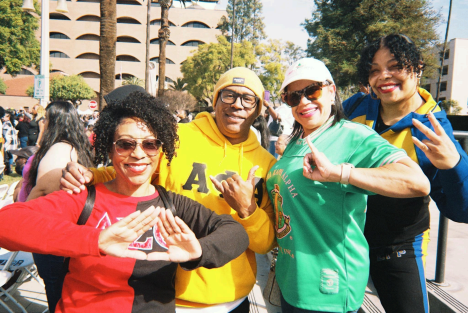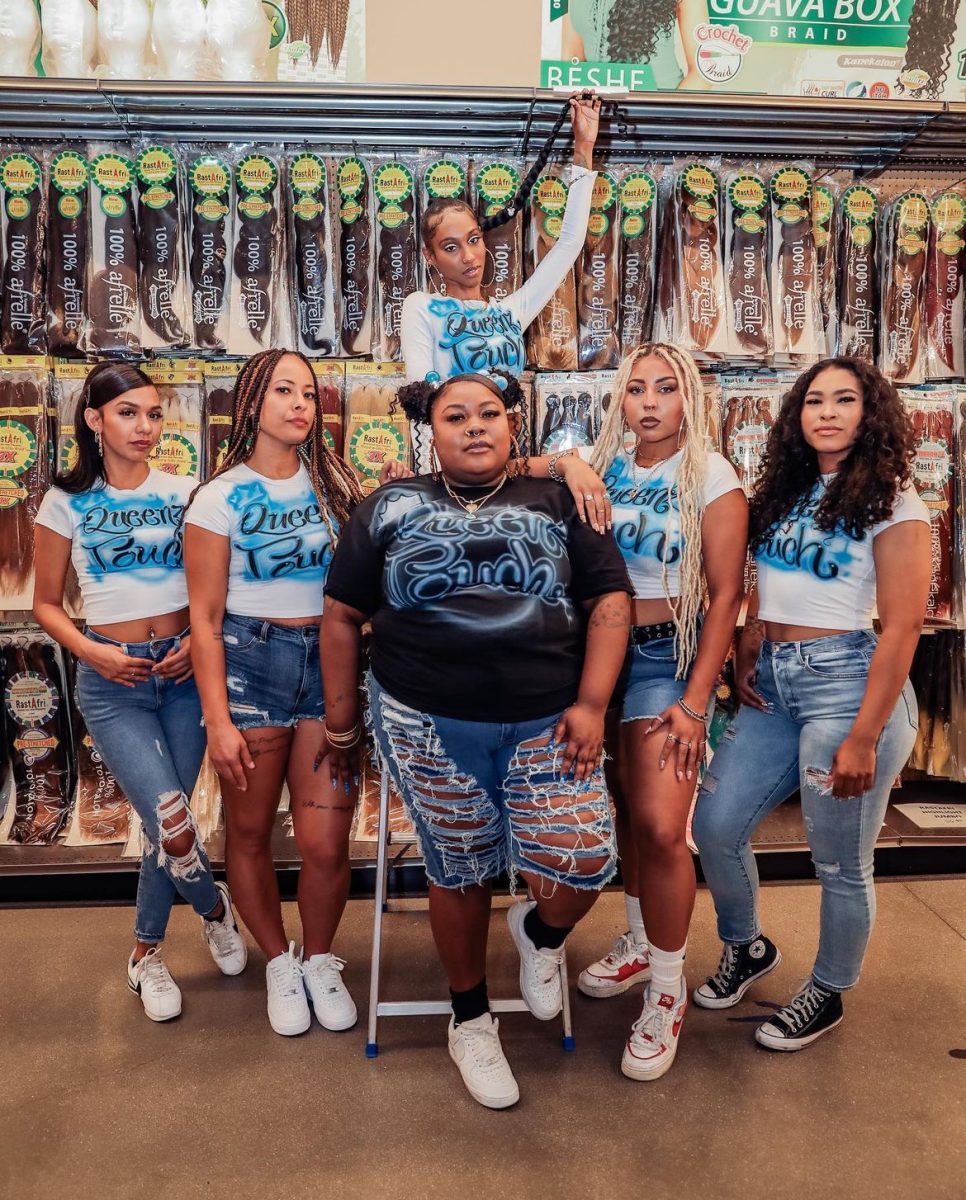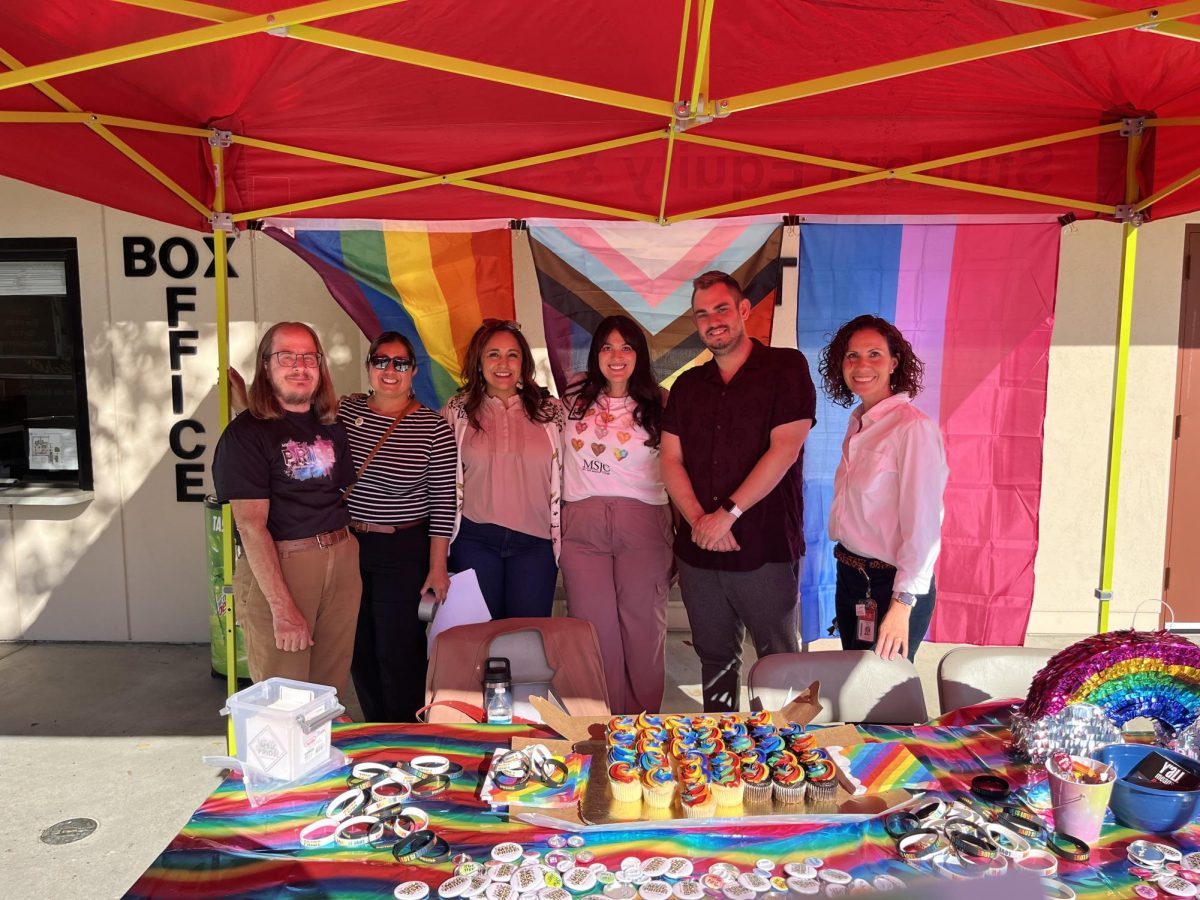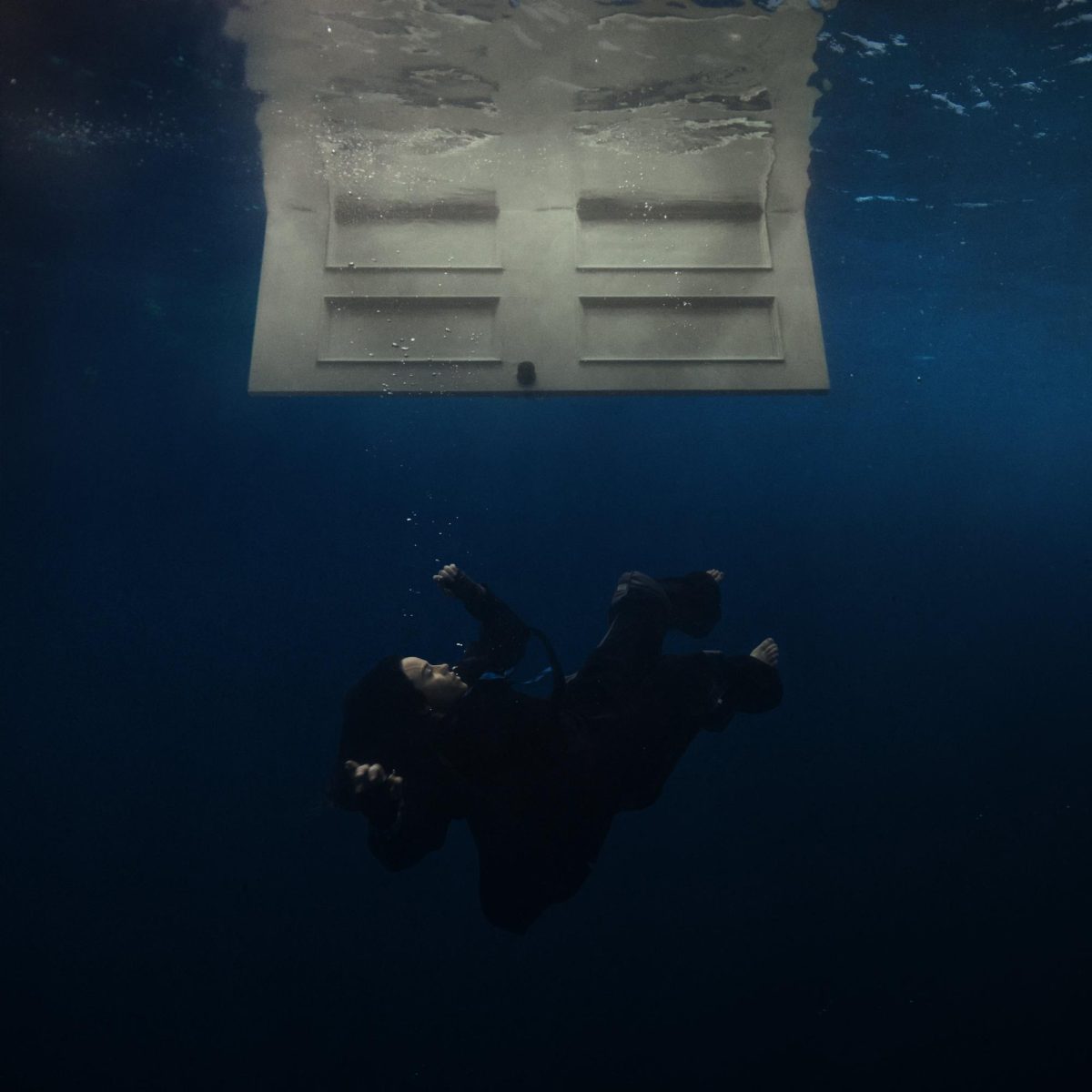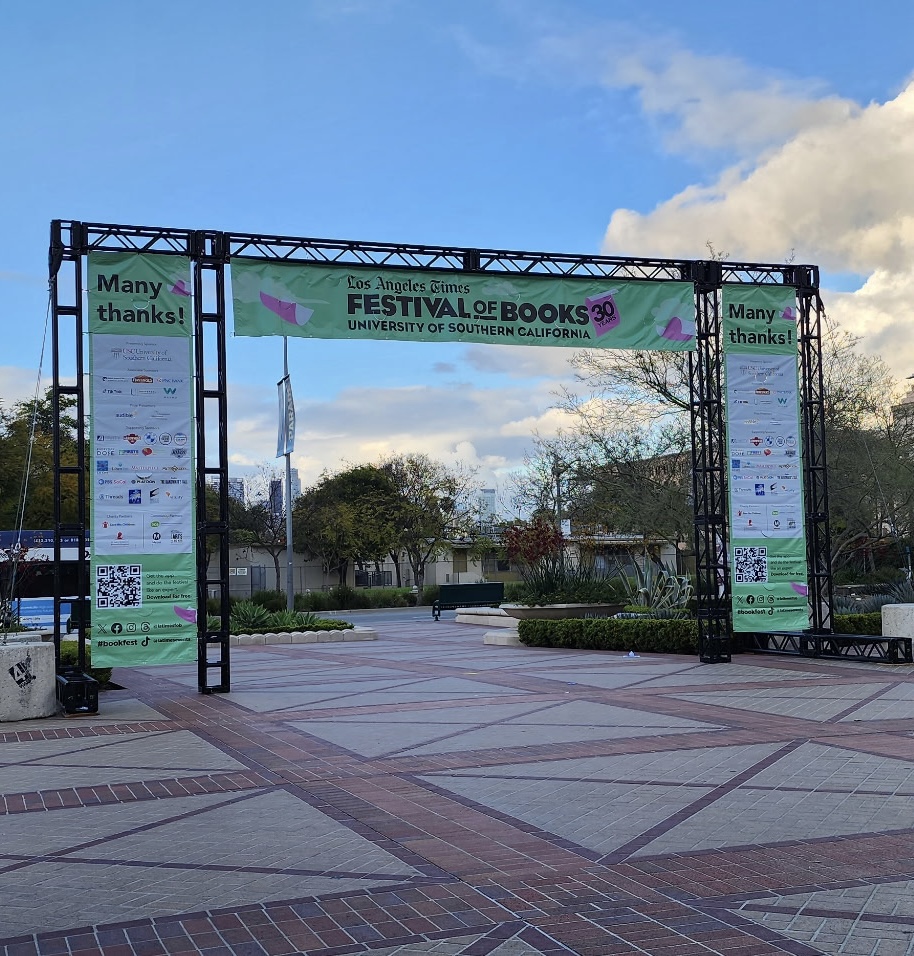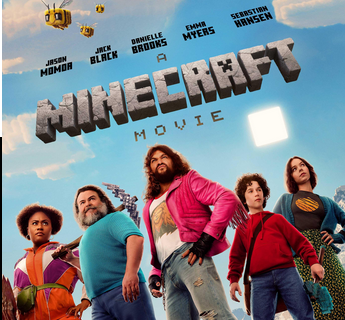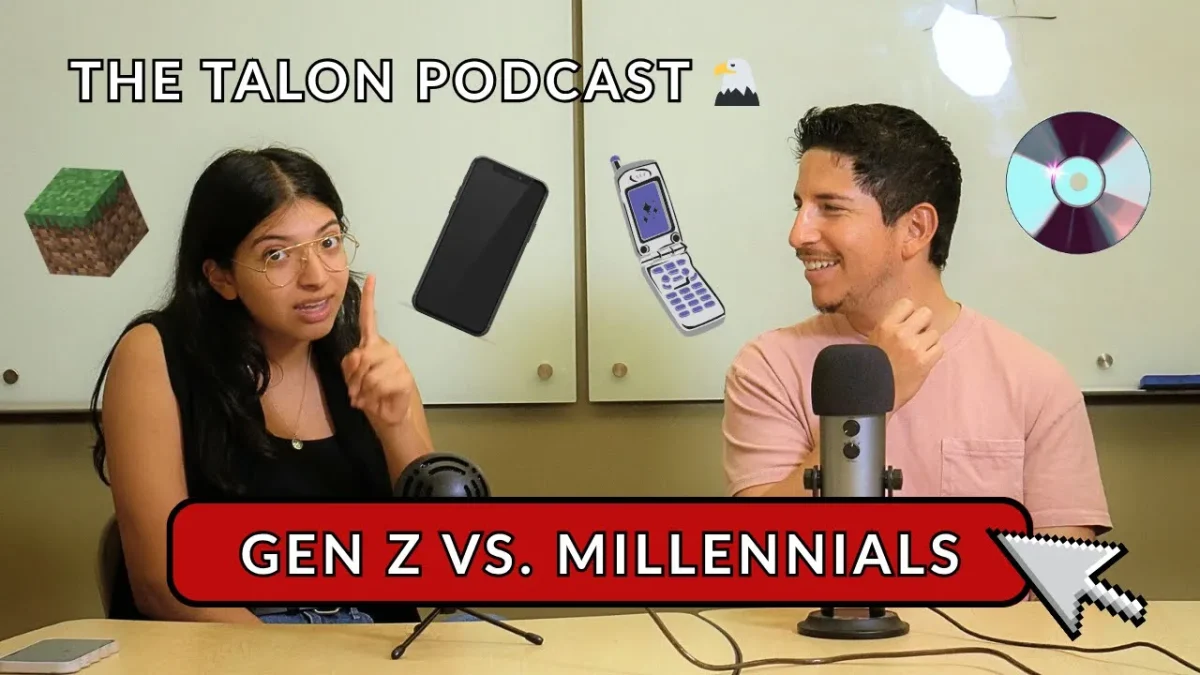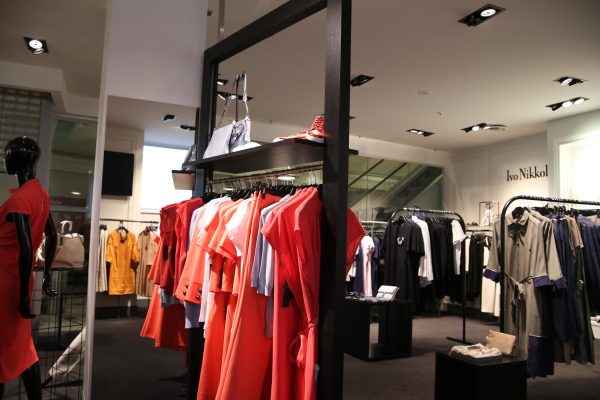
Fashion trends come and go; what is in one season is out the next. But recently, it’s happening at a rate much faster than ever before. Social media influencers have put the regular seasonal cycle on fast forward, becoming monthly, almost weekly, with an estimated 52 micro-seasons throughout the year. Here’s the new way it works. A style will quickly capture everyone’s undivided attention. Once the craze’s 5 minutes of fame is over and a new piece steps into the spotlight, everyone immediately discards it for the next best thing. Wasteful mass consumption through fast fashion is fueling the new micro-trend craze. Fast fashion has swept the nation and the world, with millions of pounds of clothes thrown away every year without any sort of repercussion.
Except there are repercussions, and they’re ruining the world as we know it.

The fast fashion and micro trend way of consumption is the modern-day phenomenon in which clothing trends become extremely popular for a very short period to be immediately discarded by consumers. The fad becomes popular and then fashionably disgraceful at rapid speeds. Everyone immediately discards their “dated” pieces for the next best thing. Due to the intense high-low demand for the latest hottest trends, the average American throws away about 81.5 pounds of clothes a year, up to about 11.3 million tons of wasted textiles in the US alone. When looking at the chokehold, this new way of fashion consumption has globally, every year 92 million tons of clothes go to waste. They are thrown into landfills, adding to the world’s dangerous amount of trash. It’s estimated that 87% of material contributes to the landfills from producing these pieces.

Fast fashion primarily utilizes cheap textiles made solely of microfiber plastics to create these pieces. Manufacturing plastic fabric emits greenhouse gasses into the already damaged atmosphere and contributes to 35% of all microfiber plastic currently polluting the ocean. This new way of fashion exploitation has been killing the planet through wasteful consumption, utilizing harmful materials, and involves dangerous production processes while helping destructive retailers like Shein thrive.
 Shein is a Chinese e-commerce online retailer that has been in boiling water these past few years. In 2023, they landed themselves a RICO (Racketeer Influenced and Corrupt Organization) violation when they were discovered to have stolen and merchandised exact works from other artists and clothing retailers, considered for racketeering, and were found violating copyright laws. In 2023, they were also found to have extremely dangerous sweatshops where they not only enforced child labor but forced all employees to perform 18-hour work days with only one day off a month. To make matters worse, if any mistakes were found on the clothes, their pay was cut by two-thirds. Despite this news being very immediate public information, Shein continues to dominate the clothing game due to fast fashion demands, with sales in 2023 growing 40% and revenue coming in at about 33 billion dollars (a 9 billion dollar increase from 2022).
Shein is a Chinese e-commerce online retailer that has been in boiling water these past few years. In 2023, they landed themselves a RICO (Racketeer Influenced and Corrupt Organization) violation when they were discovered to have stolen and merchandised exact works from other artists and clothing retailers, considered for racketeering, and were found violating copyright laws. In 2023, they were also found to have extremely dangerous sweatshops where they not only enforced child labor but forced all employees to perform 18-hour work days with only one day off a month. To make matters worse, if any mistakes were found on the clothes, their pay was cut by two-thirds. Despite this news being very immediate public information, Shein continues to dominate the clothing game due to fast fashion demands, with sales in 2023 growing 40% and revenue coming in at about 33 billion dollars (a 9 billion dollar increase from 2022).
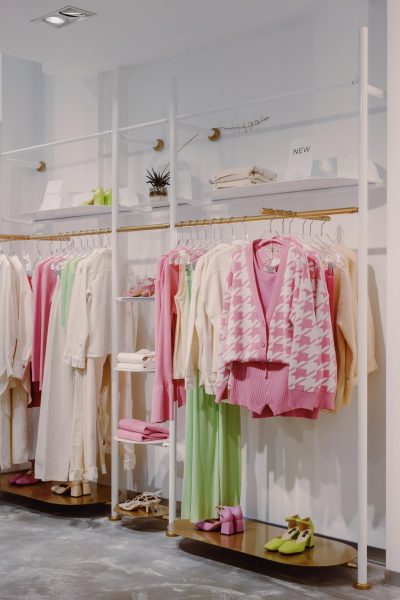
Fast fashion retailers such as Shein and Cider have also created the new concept of “disposable clothing.” A consumer will buy a piece, wear it once, and dispose of it. This is partly because of the hyper exhaustion shoppers are purchasing these clothes at, but also because the fabric isn’t made nor able to last. With the rates at which retailers are pumping out products, this way of using up clothes creates an estimated 80 million new pieces yearly. Shein alone has an estimated 60,000 items available on their site and puts out 2,000-6,000 items daily. It is brands that exploit and capitalize off the short-term trends and consumers that buy into them only with visions of looking cool and needing a last-minute piece that keep this harmful cycle going.
With all the bad that has come with this new consumption wave, the fight to stop the fast fashion takeover has risen, with organizations like TRAID and the Center for Sustainable Fashion fighting on social and environmental levels. TRAID teaches the public ways to sustainably source clothes and donates all money raised to help the conditions and livelihood of the people abused by fast fashion sweatshops. Center for Sustainable Fashion is part of the London College of Fashion and focuses on creating clothes with little environmental and social impact. They continue teaching fashion retailers about sustainable fashion practices and have partnered with brands like Nike and H&M to produce clothes that produce less carbon waste. 
Stopping this phenomenon of wasteful consumption must start with us. Taking an active stance against these environmental and social problems is the only way to prevent the surge of harmful production. Retailers like Shein and Cider won’t be able to wield and abuse their power over polluting the planet and abusing their employees if the power is taken away from them. For example, stop shopping at places that support the trend of fast fashion and disposable clothing, don’t buy any textile made from microfiber plastics, or purchase from companies that operate illegally and inhumanely. With these businesses left powerless, significant progress will finally be made toward a more sustainable way to live, humane business practices will be further enforced, and the planet’s health won’t be at the whim of a micro-season.










